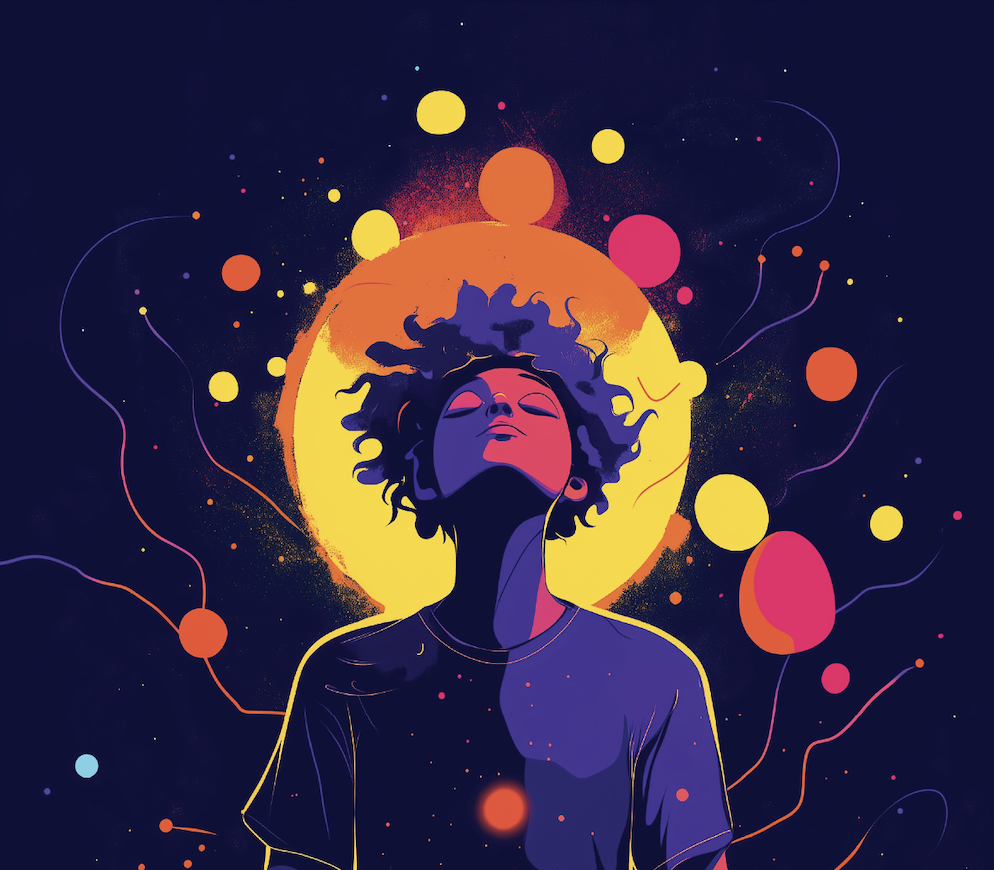

Jul 01, 2025
In a culture obsessed with ease, speed, and seamless design, 2025 is seeing a quiet rebellion: a renewed appreciation for effort, interruption, and intentional slowness. Positive Friction is emerging as a way to create deeper meaning in a world of auto-play and one-click everything. Across culture, art, and even product design, we’re seeing formats that ask more of people, that require pause, engagement, or even a little discomfort, as a way to foster connection and reflection.
Where It’s Going: Positive Friction is presenting as a cultural phenomenon behind the scenes. It’s less about campaigns and activations, and more about how we interact with each other – the return to IRL is an example of friction showing up in our lives. Slowness, effort and imperfection are becoming markers of authenticity.

Luxury hospitality brand Belmond has entered the slow TV space with Long Shots: a series of 60-minute ambient films capturing tranquil scenes from global destinations like Portofino and the Scottish Highlands. With gentle audio backdrops like waves, café chatter, and the hum of passing boats, the series offers an intentional pause. Designed without overt branding or fast edits, the content encourages viewers to slow down, focus, and breathe, and offers a sharp contrast to the algorithm-driven urgency of most digital platforms.
So What: Long Shots embraces stillness, spaciousness, and sensory pacing. As digital life becomes more compressed and demanding, experiences like these offer a subtle challenge to the endless doom scroll. Attention is framed as something to earn slowly, instead of captured quickly. Reimagine your storytelling to invite pause instead of urgency, even just for a moment.
In an effort to drive deeper engagement, museums and galleries are beginning to put on fewer shows. Similarly, artists are reducing their output to encourage more mindfulness.
The car industry is increasingly moving away from touchscreens, and back towards physical buttons to interact with.